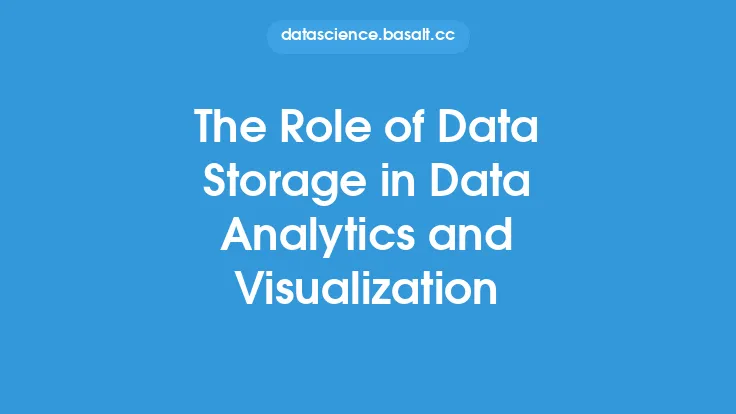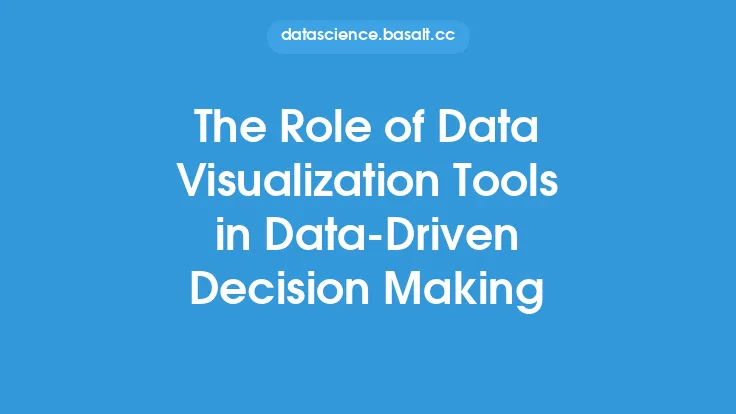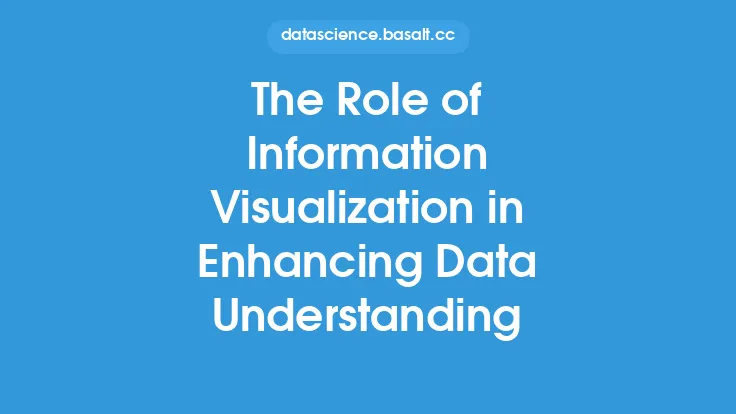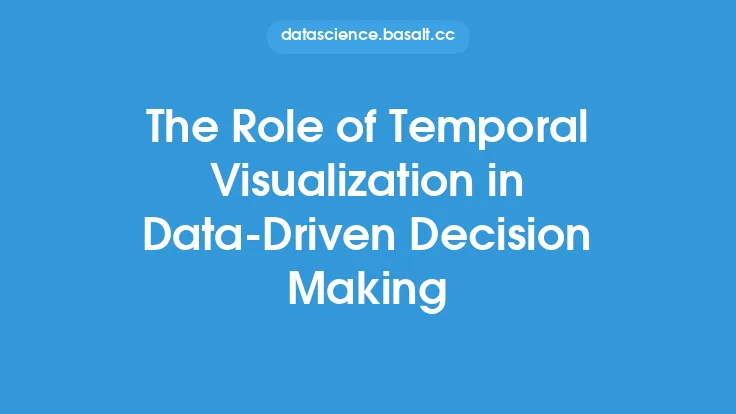When it comes to data visualization, typography plays a crucial role in communicating insights and trends effectively. The selection of fonts can greatly impact the readability and overall understanding of the visualization, making it essential to choose the right fonts for the job. In this article, we will delve into the world of typography in data visualization, exploring the principles and best practices for selecting fonts that maximize readability.
Introduction to Typography in Data Visualization
Typography in data visualization refers to the use of fonts to convey information and guide the viewer's attention. A well-designed typography system can help to create a clear and concise visualization, while a poorly designed system can lead to confusion and misinterpretation. The goal of typography in data visualization is to create a visual hierarchy that draws the viewer's attention to the most important elements, while also providing a clear and readable presentation of the data.
Principles of Typography in Data Visualization
There are several key principles to consider when selecting fonts for data visualization. These include:
- Legibility: The font should be easy to read, even at small sizes. This is particularly important in data visualization, where text is often used to label axes, provide context, and highlight important trends.
- Readability: The font should be easy to read in large blocks of text. This is important for visualizations that include extensive annotations or descriptions.
- Consistency: The font should be consistent throughout the visualization, with clear hierarchies and distinctions between different types of text.
- Scalability: The font should be scalable, meaning it can be easily resized without losing its legibility or readability.
Font Characteristics
When selecting fonts for data visualization, there are several characteristics to consider. These include:
- Serif vs. Sans-Serif: Serif fonts, such as Times New Roman, have small lines or flourishes at the ends of the letters, while sans-serif fonts, such as Arial, do not. Sans-serif fonts are often preferred for digital displays, as they are easier to read on screens.
- Font Size: The font size should be large enough to be easily readable, but not so large that it overwhelms the visualization.
- Line Height: The line height, also known as leading, should be sufficient to prevent the text from feeling cramped or overwhelming.
- Font Weight: The font weight, or boldness, should be used to create visual hierarchies and distinctions between different types of text.
Font Selection
When it comes to selecting fonts for data visualization, there are several options to consider. Some popular fonts for data visualization include:
- Open Sans: A clean and modern sans-serif font that is highly legible and readable.
- Lato: A sans-serif font with a warm and inviting feel, making it well-suited for visualizations that require a more approachable tone.
- Merriweather: A serif font with a classic and elegant feel, making it well-suited for visualizations that require a more formal tone.
- Montserrat: A sans-serif font with a geometric and modern feel, making it well-suited for visualizations that require a more futuristic tone.
Best Practices for Typography in Data Visualization
To ensure that typography is used effectively in data visualization, there are several best practices to follow. These include:
- Use a limited color palette: A limited color palette can help to create a clear and consistent visual hierarchy, making it easier to focus on the most important elements.
- Use font sizes and weights to create visual hierarchies: Font sizes and weights can be used to create visual hierarchies, drawing the viewer's attention to the most important elements.
- Use clear and concise language: The language used in the visualization should be clear and concise, avoiding jargon and technical terms whenever possible.
- Test and refine: The typography system should be tested and refined to ensure that it is effective and easy to use.
Technical Considerations
When it comes to implementing typography in data visualization, there are several technical considerations to keep in mind. These include:
- Font rendering: The font rendering engine used can greatly impact the appearance and readability of the text. Some popular font rendering engines include Adobe Typekit and Google Fonts.
- Font formats: The font format used can also impact the appearance and readability of the text. Some popular font formats include TrueType and OpenType.
- CSS and styling: The CSS and styling used can also impact the appearance and readability of the text. It is essential to use a consistent and well-designed CSS framework to ensure that the typography system is effective and easy to use.
Conclusion
Typography plays a critical role in data visualization, and selecting the right fonts can greatly impact the readability and overall understanding of the visualization. By following the principles and best practices outlined in this article, designers and developers can create effective and readable typography systems that communicate insights and trends effectively. Whether you are creating a simple bar chart or a complex interactive visualization, the right typography can make all the difference in conveying your message and engaging your audience.





